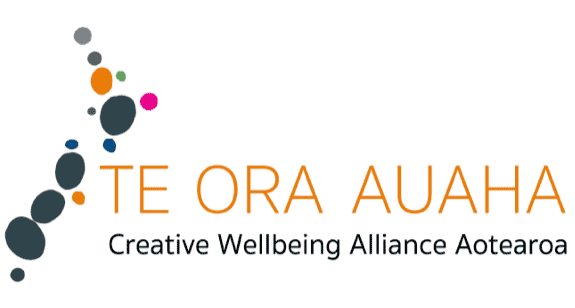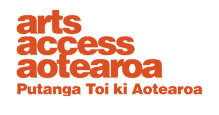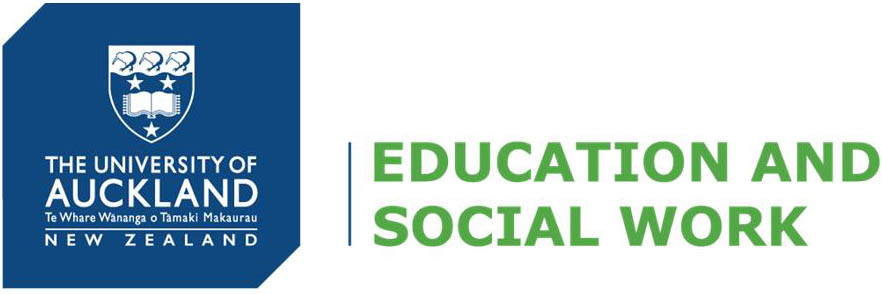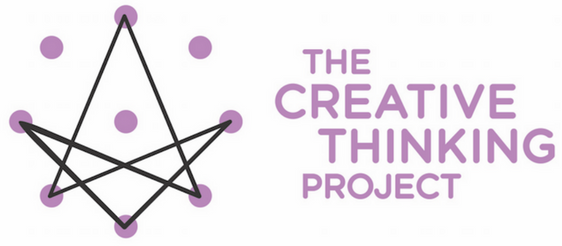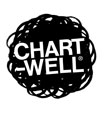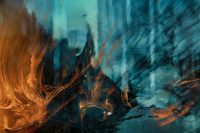
This digest focuses on indigenous leaders’, researchers’, and artists' discussions of the connections between art, wellbeing and identity through the lenses of decolonisation and cultural knowledge. In contrast to research on indigenous communities, which often looks for problems to be solved, this research is by indigenous communities, using methods which focus on strengths and allow a holistic understanding of wellbeing and arts practice. There is groundbreaking indigenous arts and wellbeing research happening around the world. This short digest includes just four recent studies from Aotearoa New Zealand, Australia, and Canada, selected to illustrate the intersections of research methodologies, arts practice, and identity and their relationship to wellbeing.
In the first study, Noongar and Nyikina researchers from Western Australia show how using cooperative inquiry processes can decolonise knowledge of place and promote belonging. In Sharing a place-based indigenous methodology and learnings (Wooltorton et al. 2020) the authors discuss how this form of action research includes experiential knowing, (integrating learning-as-doing and being), and creative knowing (which can include artistic practice and storytelling). As long-term research, it takes place across multiple projects, such as interrogating local histories, or advocating for protection of waterways. In each case they find that indigenous perspectives on reality and knowledge are vital to revealing the interconnected relationships of people, place and wellbeing.
In the second study, Beyond the veil: Kaupapa Māori gaze on the non-Māori subject, Borell et al. (2020) also connect arts and indigenous methodologies, in this case kaupapa Māori. Visual art interpretation is a catalyst for revealing ‘wāhi ngaro’ (loosely translated as lost place) and this lens is then applied to pākeha discussions of privilege, revealing what is otherwise unarticulatable.
Art as a method of inquiry is used by both of the research groups discussed so far, as it allows them to authentically and deeply examine their topics; relationally, spiritually and with nuance other forms of research may not capture. Positioning creative and scientific practices side by side gives them relatable and inclusive outcomes, as well as reflecting world views that do not see these disciplines as separate.

Image: Nigel Borell
Canadian First Nations artists, educators and researchers also use visual methods to explore how best to support their people. In Kiskenimisowin (self knowledge): co-researching wellbeing with Canadian First Nations youth through participatory visual methods (Victor et al. 2016), the mainly Cree youth share their art-making process and how it has helped connect them with their individual and collective sense of identity. The researchers found that creating a ‘safe enough’ space, which prioritised respectful relationships, ensured the young people could tell their stories and explore what was important to them. Another aspect which supported this kind of risk-taking was the ambiguity and subjectivness of the art-making, where metaphor and nuance gave the youth the ability to both express and protect their vulnerabilities.
Individual and collective identity was also explored through a series of art-making collaborations between Indigenous Australian artists from central Queensland and Māori artists from Aotearoa New Zealand. The artists had several exchanges, including a 10 day gathering in a forest in Yeppoon, central Queensland, where they made work individually and collectively, and exhibited nearby. In Our Art, Identities, Belonging and our Future (Fredericks & Daniels, 2020), the artists explained that art-making was an integral part of their cultural vitality, akin to language as a way to hold on to and transfer their values, histories and futures. They found that sharing this experience with another indigenous group, with whom they had empathetic relationships, extended and sustained their cultural knowledge.
In addition to the benefits of the arts in research and in sustaining cultural identities, each of these projects highlighted the connections between indigenous led arts practices, health and wellbeing. For the young Cree artists, the connections to their family and culture are central to their wellbeing, and the art-making process supported these connections. Borell et al.'s kaupapa Māori approach, which synthesised creative art analysis with social science, led them towards greater understanding of New Zealand society, and the possibility of a more equitable nation. And the collaborations that occurred between the Australian and Māori artists in Queensland helped sustain and support their personal and intergenerational growth. All of the examples of indigenous research discussed here emphasise the importance of a holistic model of health, one which includes not only the body or mind, but the land, the past, the future and spirit. For the researchers and participants, art; open, embodied, and relational, is used to heal and sustain health in this wider definition.
References
Borell, B., Te Waru Rewiri, K., Barnes, H. M., Mccreanor, T., 2020). Beyond the veil: Kaupapa Māori gaze on the non-Māori subject Journal of Sociology, 56(2) 197-212 https://doi.org/10.1177/1440783319893503
*Fredericks, B., & Daniels, C. (2020). 'Our Art, Identities, Belonging and our Future': an international Indigenous artistic collaboration Journal of Australian Indigenous Issues 23(1-2) 3-17 https://search.informit.org/doi/10.3316/informit.386261512808938
*Victor, J., PhD, Linds, W., PhD, Episkenew, J., PhD, Goulet, L., PhD, & Benjoe, D. (2016). Kiskenimisowin (self-knowledge): Co-researching Wellbeing With Canadian First Nations Youth Through Participatory Visual Methods. International Journal of Indigenous Health, 11(1), 262-278. http://dx.doi.org/10.18357/ijih111201616020
*Wooltorton, S., Collard, L., Horwitz, P., Poelina, A., & Palmer, D. (2020). Sharing a place-based indigenous methodology and learnings. Environmental Education Research, 26(7), 917-934. https://www.researchgate.net/publication/341831323_Sharing_a_place-based_indigenous_methodology_and_learnings
*Open access/creative commons
